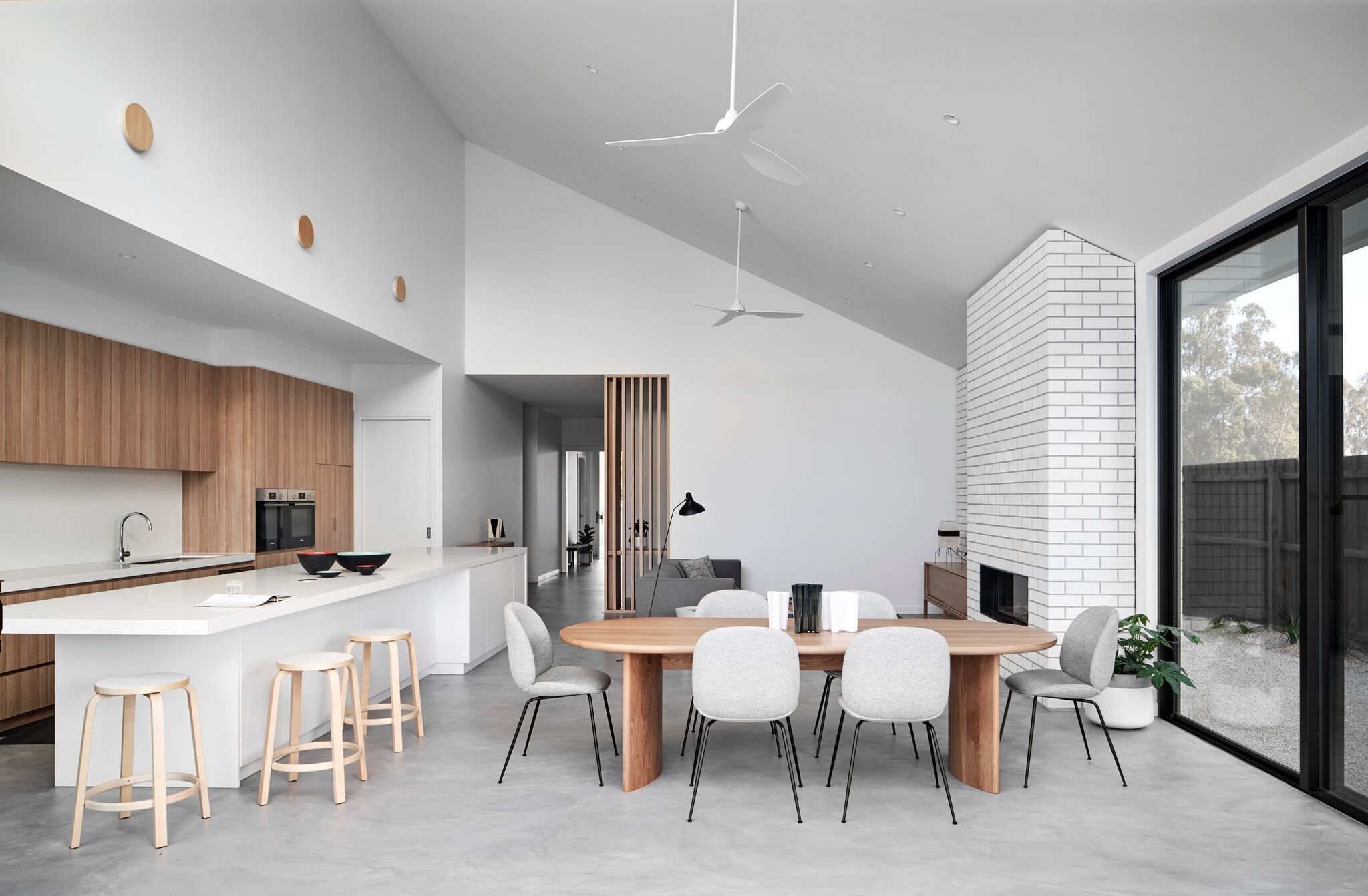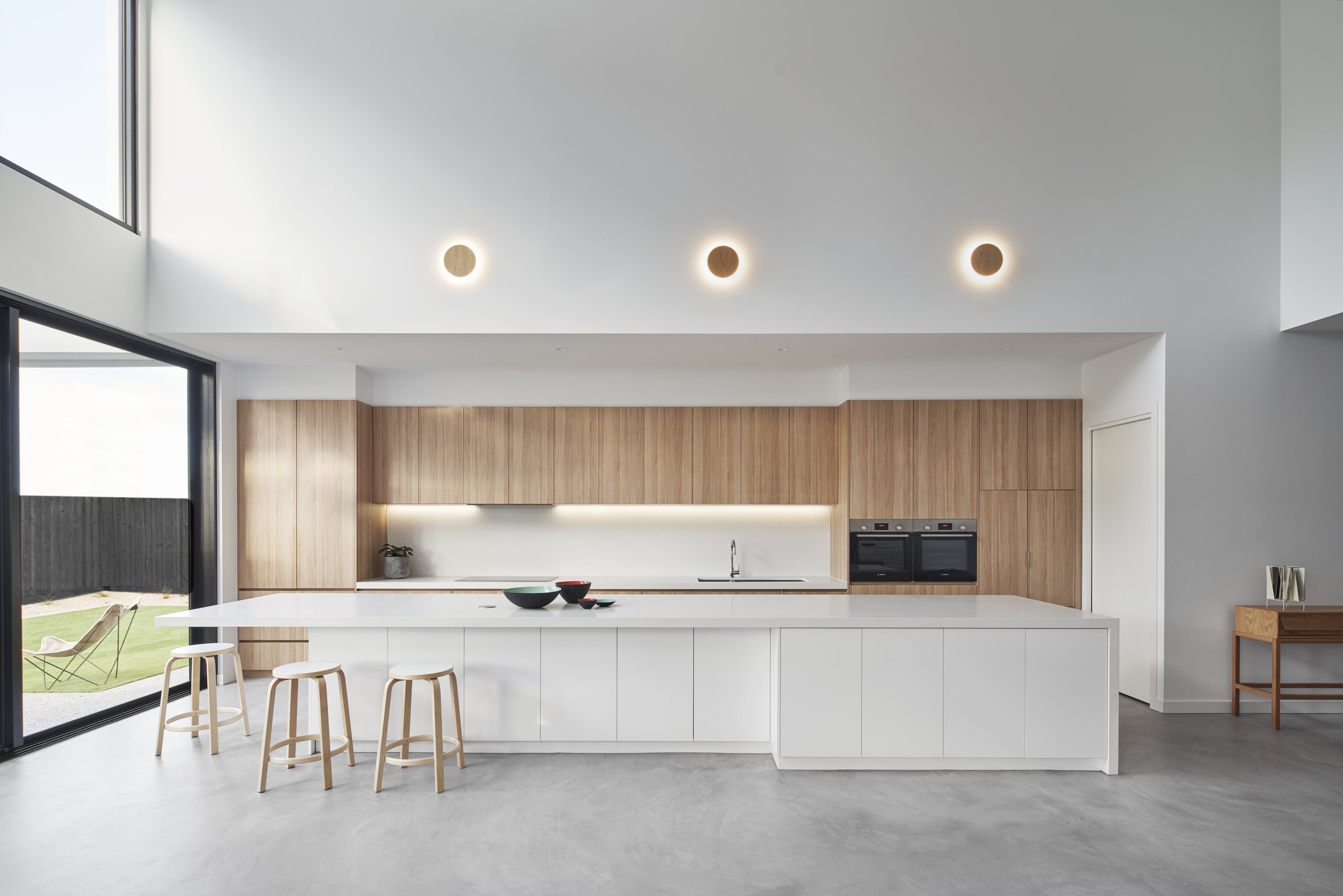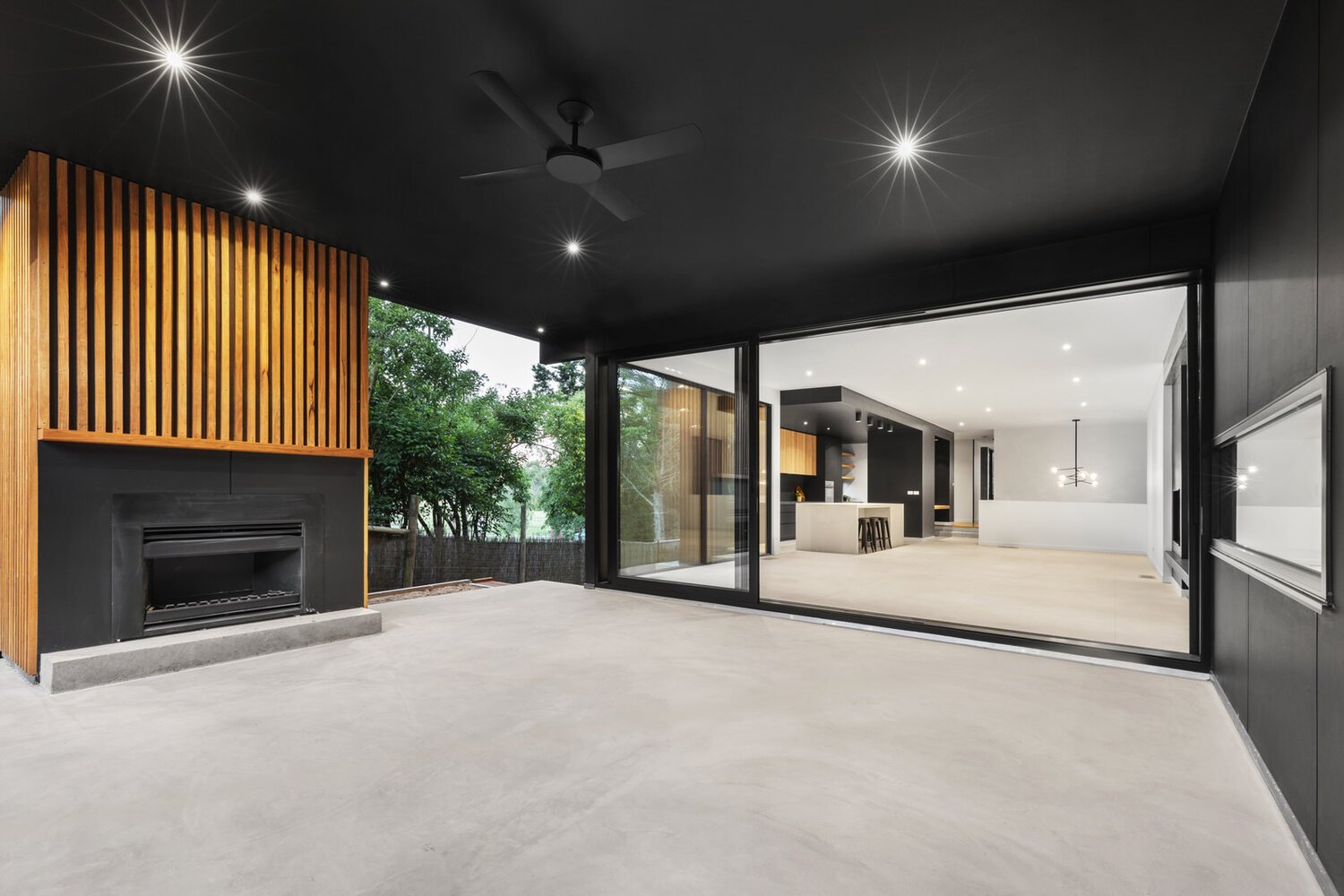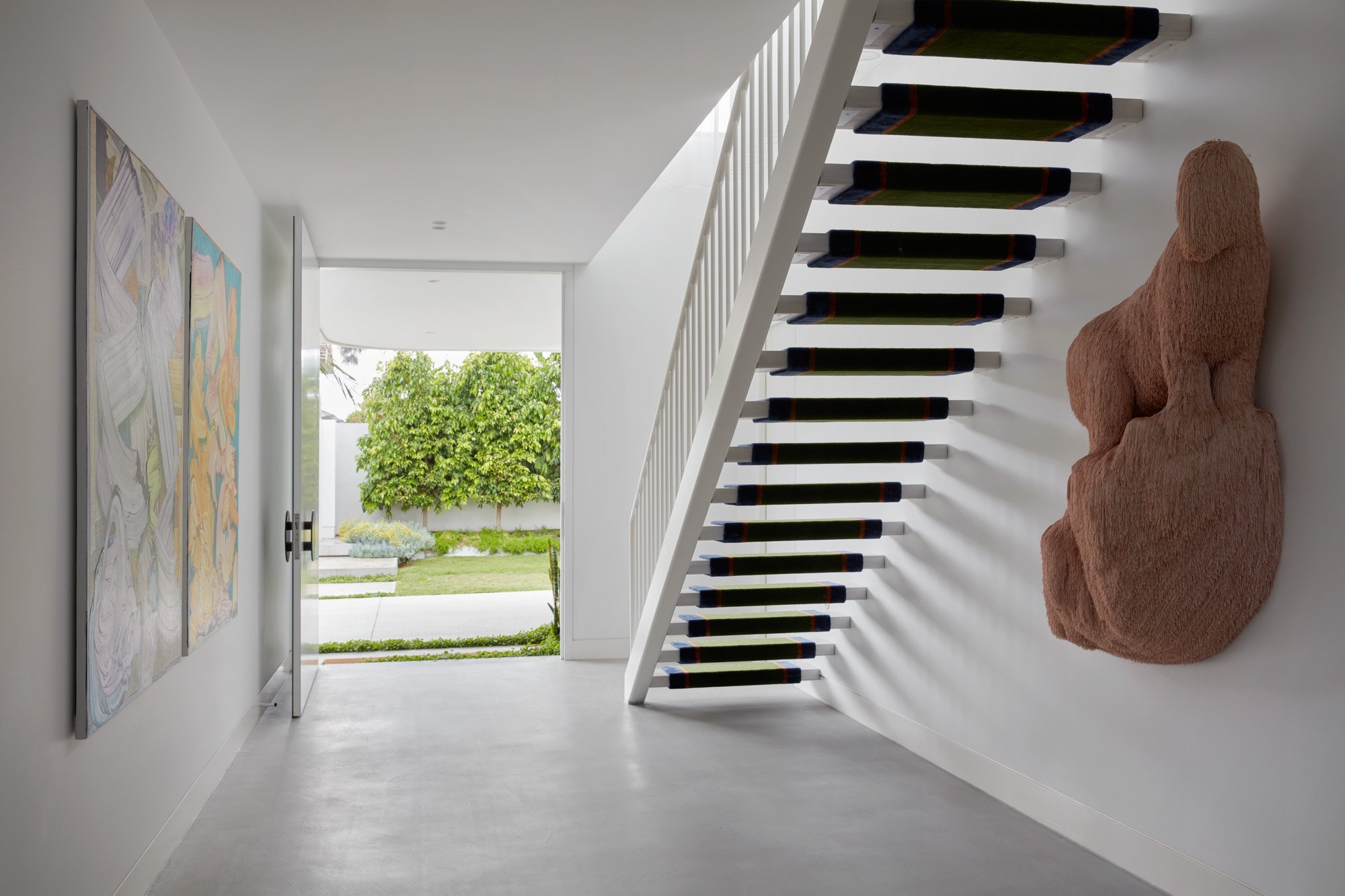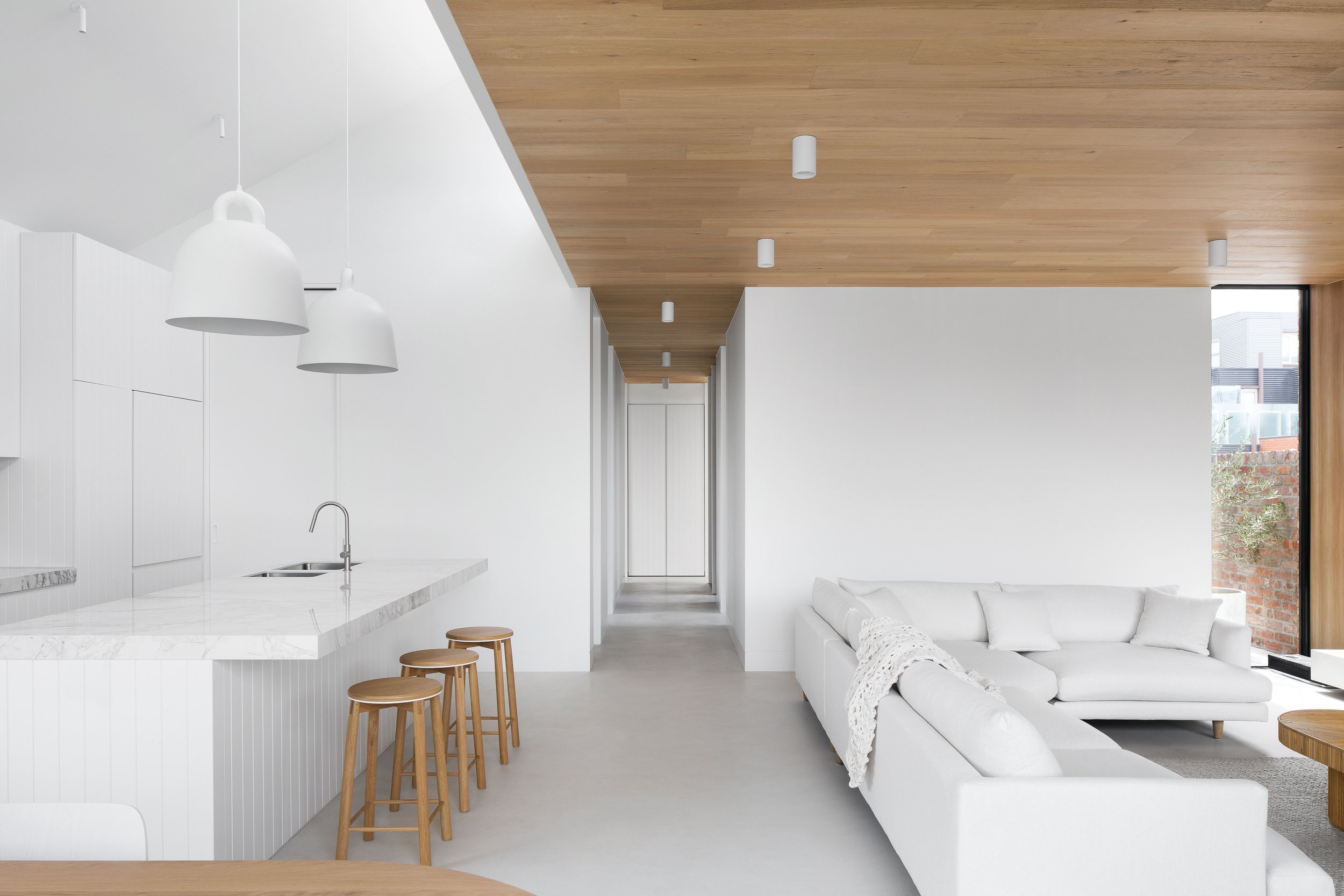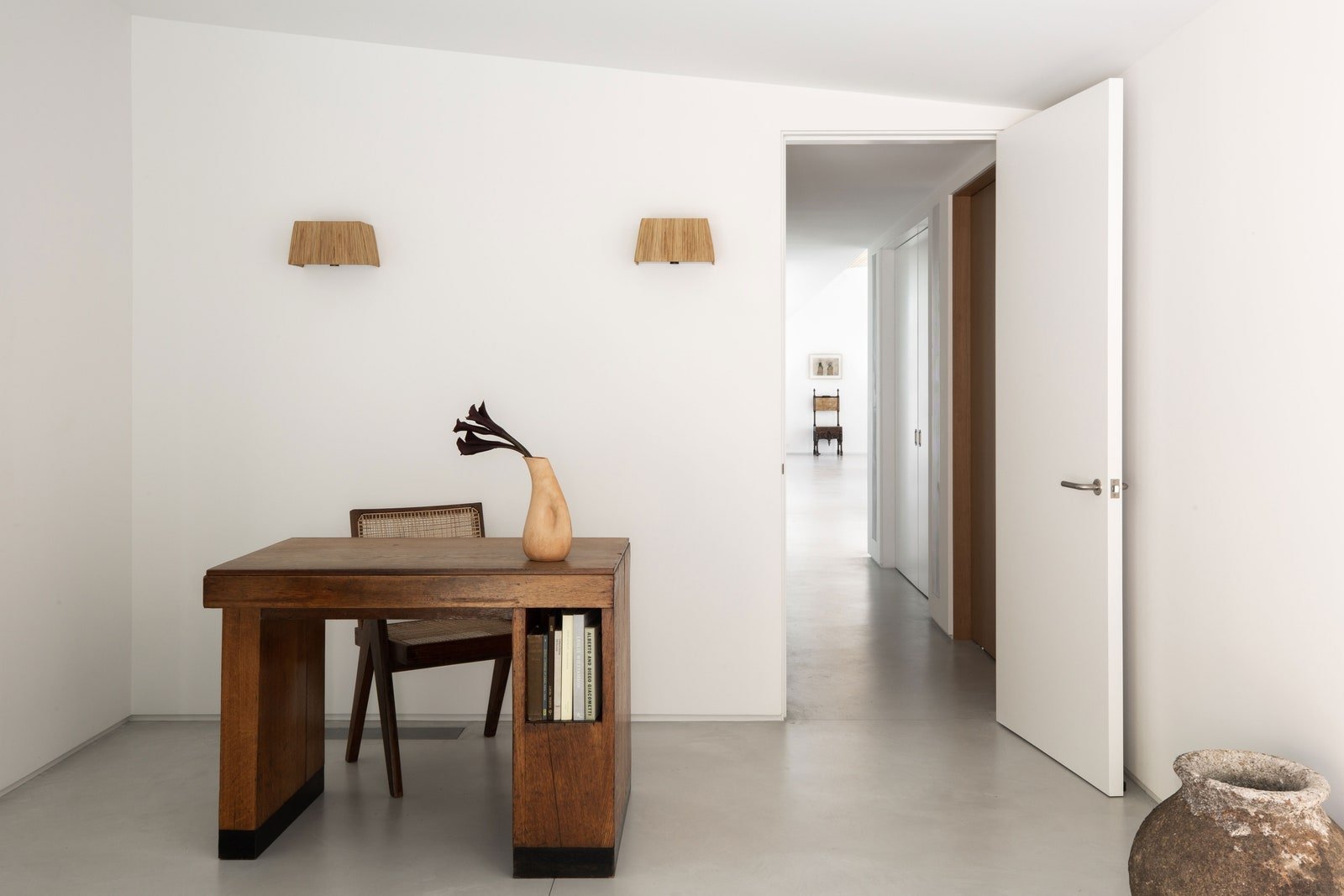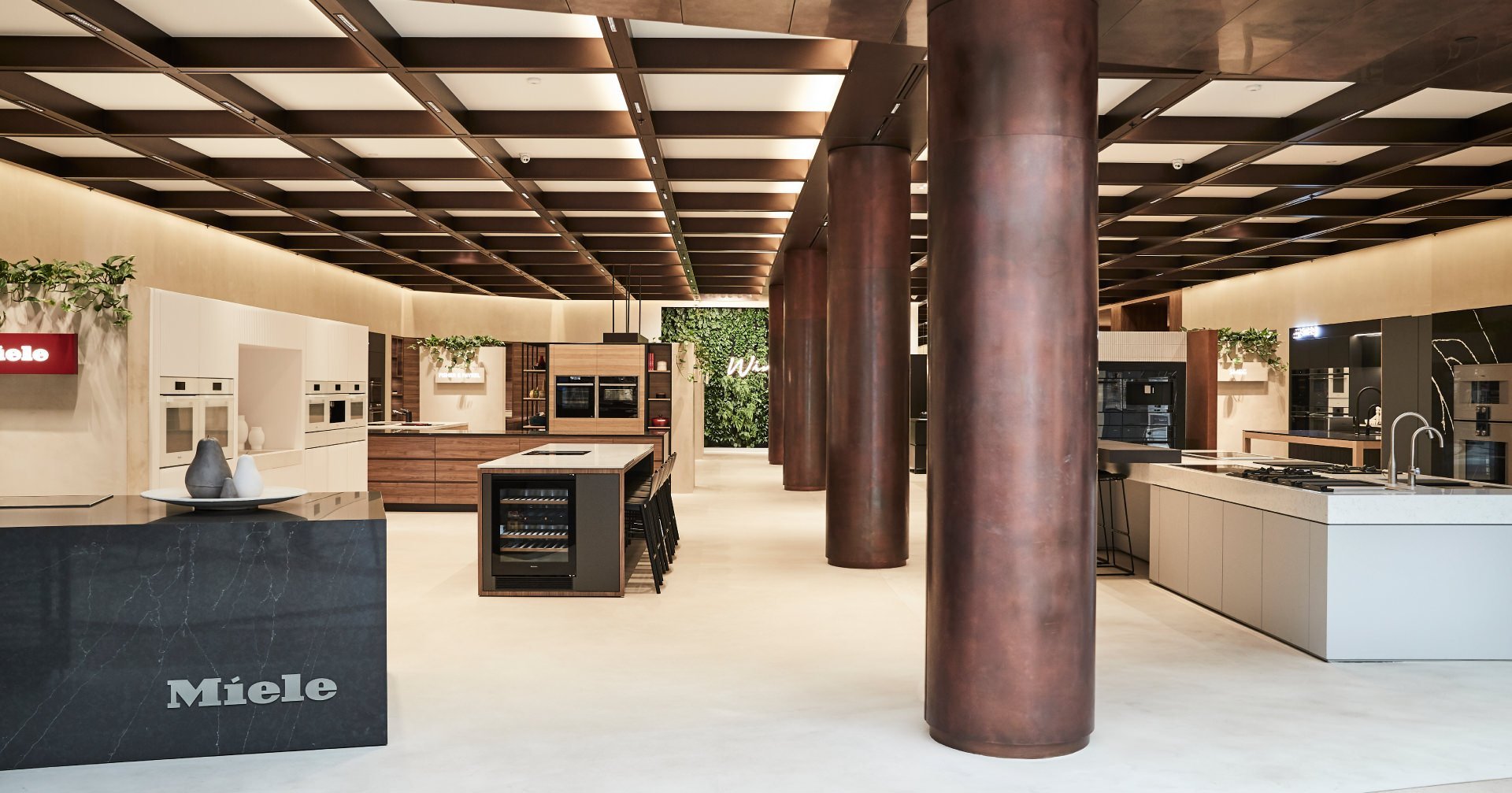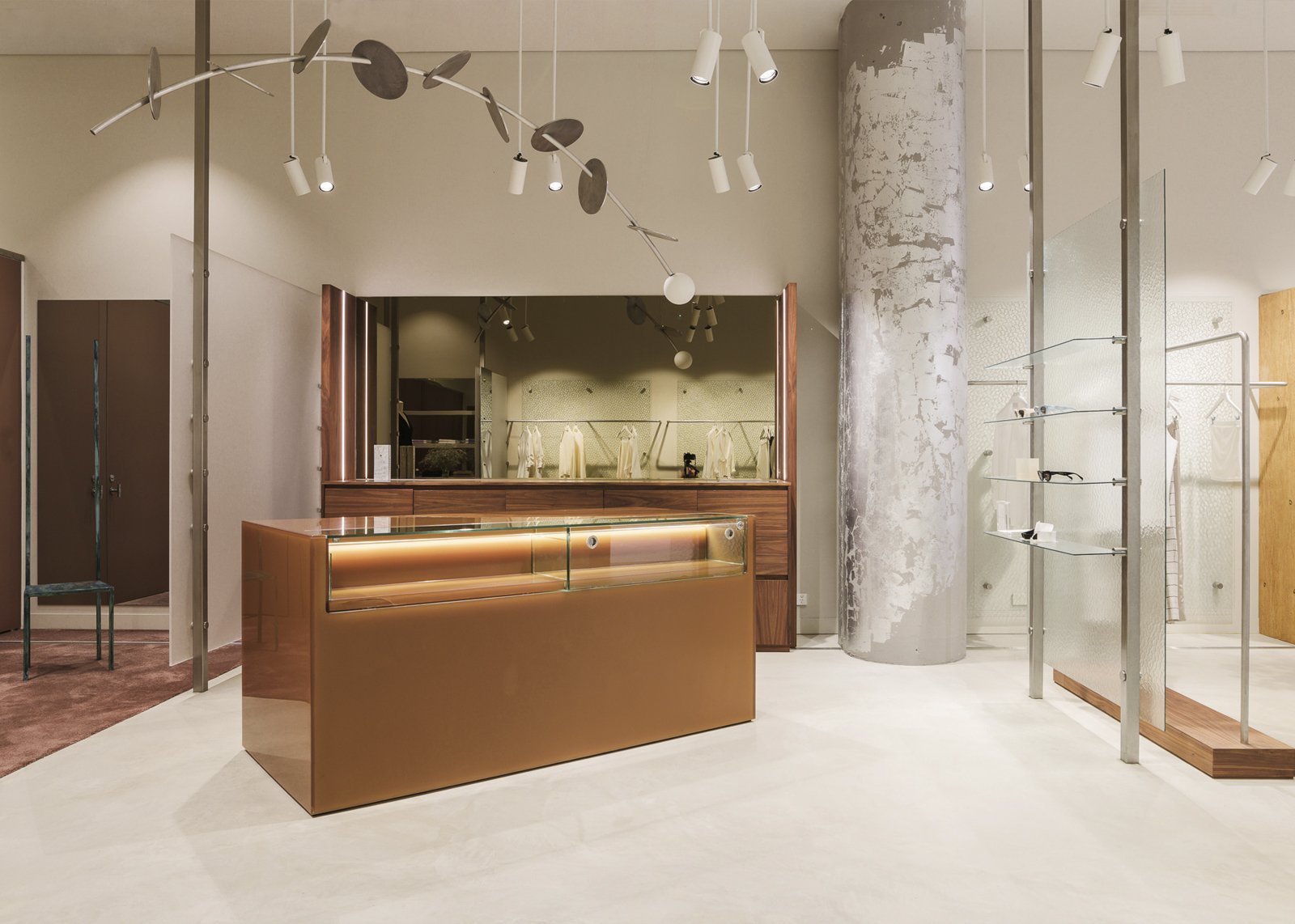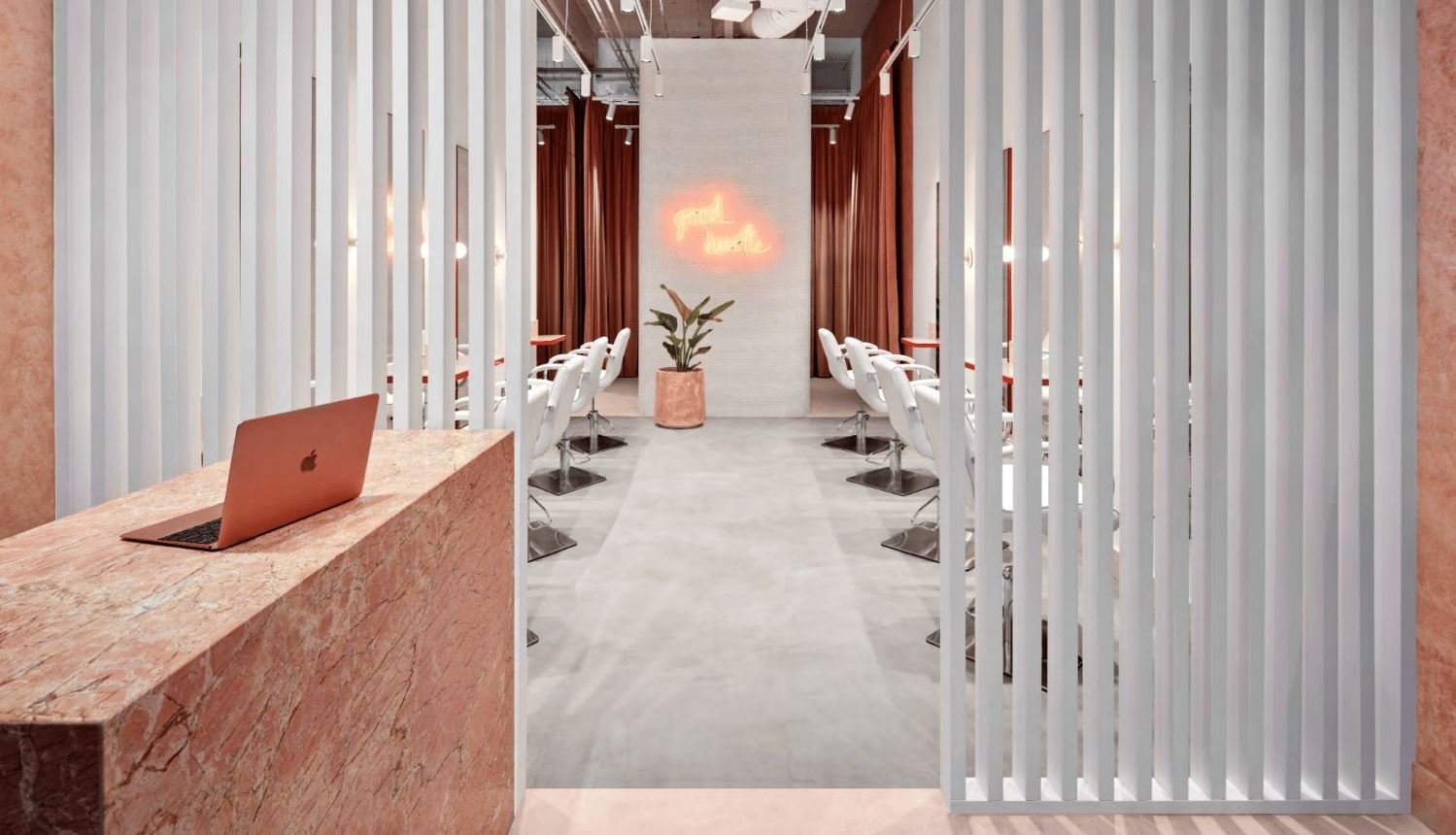Microcement Floors
Australia’s leading microcement flooring experts since 1999
While we were the first to supply microcement in Australia over 25 years ago, it’s since become one of the most popular flooring materials in contemporary design projects where clients are seeking a practical and beautiful surface that lasts a lifetime. One of the most versatile overlays, microcement can be applied to floors internally and externally, including: bathrooms, kitchens, commercial spaces, retail stores, and outdoor pavements or terraces.
Read on for more information on microcement floors, including the main advantages, applications, our suitable microcement finishes, and microcement flooring maintenance tips.
Microcement
[noun] mi-cro-cem-ent
A mixture of cement and adhesive polymers, forming a coating that’s hand-installed on top of almost any hard surface; known as an overlay. While it was originally created to replicate the industrial aesthetic of concrete, microcement now comes in a range of different finishes and colours for seamless application in any space.
The benefits of using microcement for floors
There are many reasons why you should choose a microcement floor. This innovative surface solution isn’t just a seamless decorative coating — it has excellent performance, too.
Here are just some of the factors that make microcement flooring is a popular choice for indoor and outdoor spaces:
Applied at only 2-3mm thick, microcement doesn't significantly alter the load-bearing capacity of the underlying substrate, and won’t raise the floor level much.
Microcement is one of the most versatile floor coverings as it can be used on interior and exterior floors.
It’s an ‘overlay’, meaning it can be applied straight on top of existing substrates — so you don’t need to remove your old floors before resurfacing. This makes remodelling a clean and fast process.
The final surface doesn’t feature any expansion joints or grout, as the entire floor coating is installed as a continuous pavement. This means a seamless aesthetic perfect for creating harmonious indoor-outdoor flow — and no more scrubbing the grout in between tiles!
The practical benefits keep on coming... Microcement is unaffected by UV rays, has very good thermal resistance, and can be applied over underfloor heating. Our X-Bond is also a very flexible product, meaning it won’t crack as the substrate underneath moves in extreme weather conditions.
Microcement is highly durable and resistant to de-lamination (especially X-Bond), which is why it’s fast becoming the surface of choice for high-traffic areas like retail stores, residential flooring, hospitality and commercial spaces.
Certain microcement finishes have very high slip ratings — perfect for pool surrounds or uncovered garden pathways.
You have the freedom to tell your own design story with plenty of colour and texture options. In the X-Bond range, there are four finishes and 10 different shades to choose from — with the option to create custom colours for projects of a certain size.
Where can you apply a microcement floor?
Microcement flooring can go virtually anywhere. Our installers have covered every room of the house — kitchens, living and dining areas, bathrooms, bedrooms, and studies. This also includes outdoor flooring such as garden pathways, pool surrounds, balconies, and porches.
As mentioned above, microcement flooring is also frequently specified in retail design, commercial projects, public works, and restaurants/cafés. You can install microcement over almost any hard substrate, including: concrete, tiles, compressed sheeting, plaster, villa board, brick, ply, laminate & MDF.
It can even be applied over damaged floors and in wet areas. In this instance, prior to application, the area will just need to be stabilised and protected with our anti-fracture and waterproofing membrane — Liquid Membrane.
Liquid Waterproofing Membrane
[noun]
A liquid-based coating that’s brushed, rolled, or sprayed onto a surface or structure to protect against water damage and leakage — either prior to resurfacing or as a finish coating. Can also be used to repair and prevent cracks or fractures in a substrate.
Which finishes should I choose for microcement floors?
Because it’s hand-applied, an installer can finish your microcement surface with different textures. The difference comes down to the application process. We train our installers in four different X-Bond application methods, and three of them are suitable for flooring. Below are the types of finishes and their suitable areas of application:
X-Bond Micro (the most common microcement for internal floors)
X-Bond Micro is our original finish. This smooth floor surface closely resembles concrete, and is your go-to for internal flooring. After being trowelled onto the floor, it’s sanded for a more polished feel. The end result features visible trowel marks creating subtle variations in texture and colour, but overall it’s a very uniform and seamless finish.
X-Bond Blade (for external flooring only)
X-Bond Blade is for external applications only. The microcement is applied with a blade instead of a standard trowel to create raised chatter marks. This adds more texture onto the surface for a higher slip rating, the most common choice for outdoor areas that get wet or slippery like pools and uncovered pathways.
X-Bond Mineral (for external flooring and ramps)
X-Bond Mineral is another choice for external anti-slip flooring (think poolside) because of its rough and bumpy texture. Applied with a spray gun, the end result is a stucco-like finish inspired by salt formations and mineral caves — hence the name.
Microcement flooring maintenance and care
One of the best things about microcement is that it doesn’t require a difficult maintenance routine. A microcement floor needs little to no cleaning, in fact. This is because it’s highly resistant to wear and tear in the first place, but is also easy to clean in the event that it does get dirty.
Your microcement floor just needs to be washed every now and then with water and a mild detergent for excessive foot traffic or dirt. Avoid cleaning products that have strong or abrasive ingredients, such as a solvent-based acetone of a concentrate exceeding 50%. Most household, commercial and industrial detergents may be used.
Other tips for looking after microcement include:
Do not wash the X-Bond surface for the first week after application, not even with water. This allows sealers to dry completely.
In external areas simply hose down or use low- or high-pressure washing equipment.
While abrasions don’t happen often, felt protectors and workstation mats are recommended to prevent scratches from dining chairs and desk chairs.
Walk-off mats and rugs in high traffic areas and at entrances are recommended to catch dirt before it reaches the floor.
Dry wet areas with a soft cloth to avoid leaving moisture on your microcement surfaces for too long. Microcement is resistant to mould and stains, but this helps keep it in as perfect condition as possible.
Clean up all spills and semi-solids as soon as possible. Some liquids (for example nail polish remover, citrus, urine, oil) can stain your surface and need to be removed as quickly as possible.
Sand, grit and other debris can be abrasive to the surface if carried on shoes, so sweep your microcement floor regularly. A clean microfiber dust mop is very effective at removing dirt on an X-Bond surface. Steam mops are not recommended as they could discolor the finish.
Get inspired by X-Bond Microcement floors
